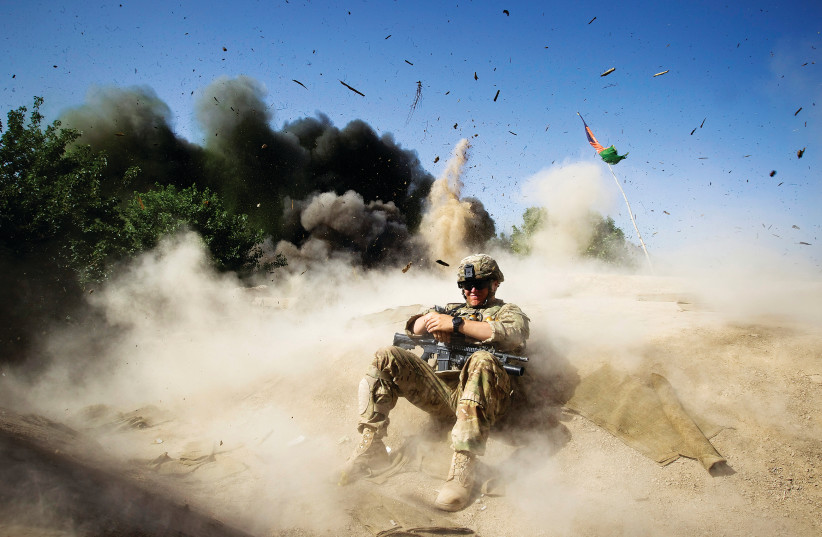Russian military officers are reportedly inflating the number of troops they have amid the ongoing invasion of Ukraine, the Ukrainian Intelligence Directorate (GUR) claimed on Saturday.
The claim specifically cited an incident in three motorized infantry brigades experiencing shortages.
According to the GUR, the units were reported by the commanders as being fully staffed before the invasion had begun. But once the invasion started, it soon became apparent that the units were actually just around 55% staffed.
Two battalion commanders were arrested by individuals, believed by the GUR to be operatives of Russia's Federal Security Services (FSB), shortly after this inconsistency was established.
The idea that officers would inflate the number of troops under their command isn't unprecedented.

A recent example is what happened in Afghanistan. At one point, following the nearly two-decade-long US military presence in the country, the Afghan army was believed to have been built up considerably to the point of being an effective military force – at the very least, it was widely assumed that it would be effective enough to stop a Taliban takeover following the US withdrawal.
However, not only did the Taliban take over Afghanistan once the US left, they did so incredibly quickly. seizing the country in a matter of days.
A number of reasons were thought to be behind this, such as widespread corruption which meant that the reality on the ground was vastly different from the numbers on paper.
"The Afghan army wasn’t real," Graham Platner, who served in Iraq and then Afghanistan as a US soldier, and later as a security contractor, told The Jerusalem Post following the Taliban takeover. "None of it ever existed."
But the Russian army is something far larger than what the Afghans supposedly had on paper and has long been considered to be among the greatest in the world.
A 2021 annual ranking by Global Firepower ranked them as the second-strongest military force in the world, behind just the US and above China.
Moscow has given its army the world's fourth-highest military expenditure and boasts the second-largest navy (behind China) and air force (behind the US) and the largest number of tanks, where it significantly dwarfs the US.
In terms of size overall, Russia's army is estimated to be the fifth-largest in the world, with a million active-duty soldiers and two million in reserves.
But if the inflation of numbers is widespread, it is unclear just how many troops may actually be at their disposal.
This is further reinforced by a growing number of reports regarding soldiers refusing to fight in Ukraine.
It may not just be their soldiers whose numbers might not be the same on the ground as they are on paper.
According to a Monday GUR report, the Russian military is working to conceal the actual number of soldiers killed in Ukraine. These bodies have supposedly been hidden in morgues in the Rostov Oblast, some for more than a month.
The General Staff of the Ukrainian Armed Forces, by contrast, provides daily updates of Russian casualties since the war began, though more conservative western intelligence sources put the amount of Russian KIA at around half of the Ukrainian estimates.
As of Monday, those losses stood at 20,600 soldiers, 790 tanks, 2,041 armored vehicles, 381 artillery units, 130 MLRSs, 67 air defense systems, 147 helicopters, 167 aircraft, 76 fuel trucks, 155 drones, eight ships and 1,487 other vehicles.
Seth J. Frantzman contributed to this report.
